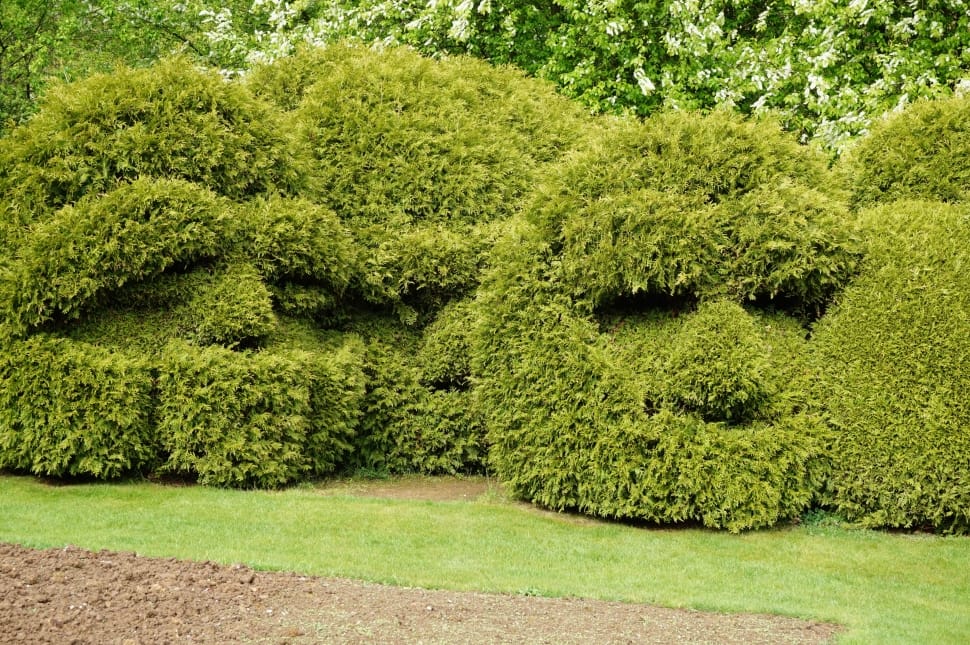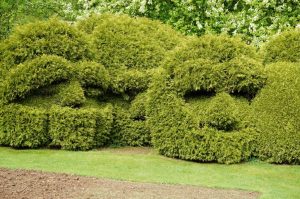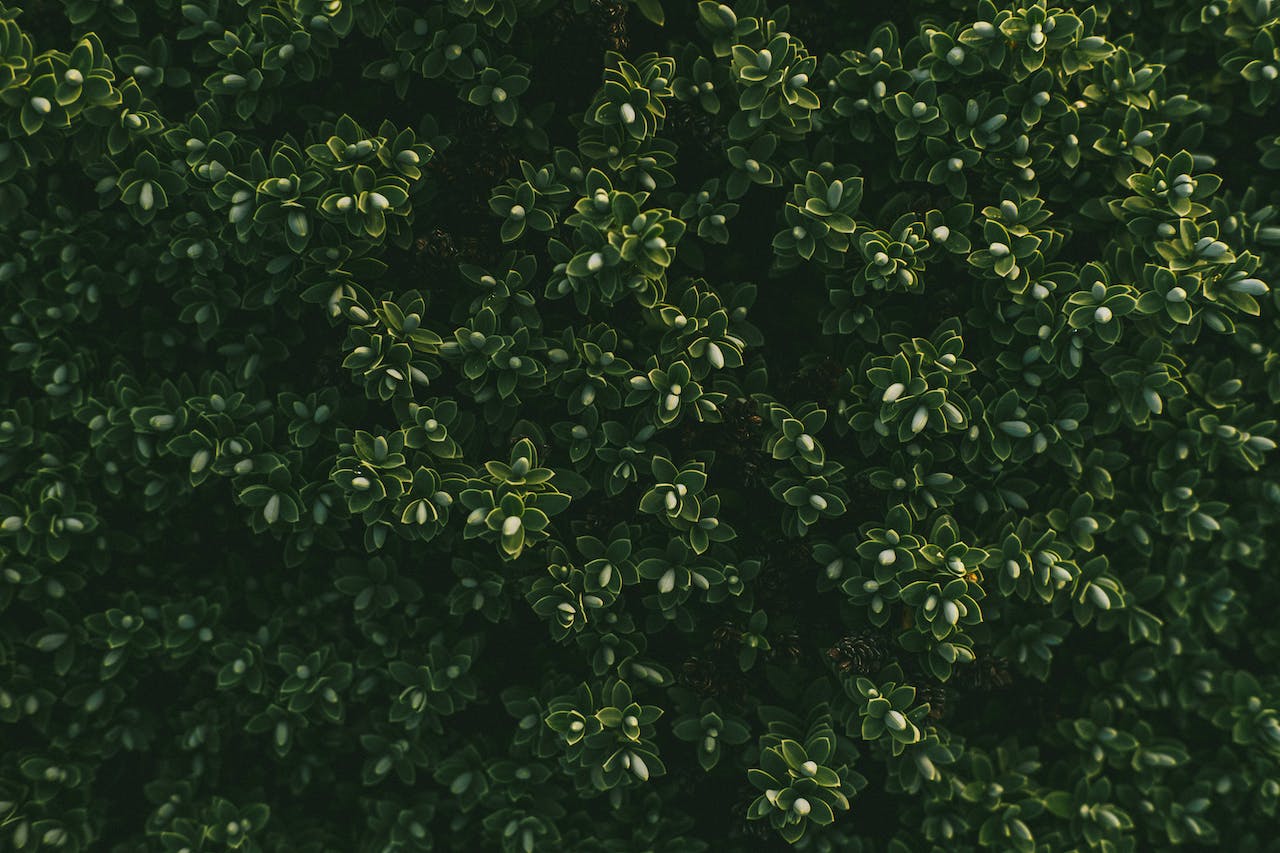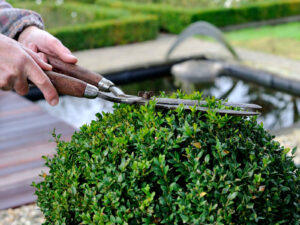Green Mountain Boxwood: A Versatile Evergreen for Your Landscape
In the realm of landscaping, the Green Mountain Boxwood stands out as a popular choice for homeowners and landscape designers alike. This resilient evergreen shrub is renowned for its adaptability, ease of care, and aesthetically pleasing appearance. Its hallmark features include a dense, pyramidal form and small, glossy green leaves. Despite being a slow grower, it can mature to a respectable height of 4 to 6 feet and a width of 2 to 3 feet.
A Multifaceted Addition to Your Outdoor Space
Several factors contribute to the Mountain Boxwood’s widespread appeal:
-
Climate Adaptability: This versatile shrub thrives in a range of USDA Zones, from Zone 4 to Zone 9, demonstrating its ability to withstand diverse climates. It can also tolerate a variety of soil conditions, from well-drained to slightly acidic.
-
Low-Maintenance Care: Green Mountain Boxwood is a gardener’s delight, requiring minimal pruning and exhibiting resistance to pests and diseases. This ease of care makes it an ideal choice for busy individuals or those seeking a low-maintenance landscape element.
-
Deer Resistance: Deer, with their insatiable appetite for greenery, pose a threat to many landscaping plants. However, the Green Mountain Boxwood proudly boasts deer resistance, ensuring its safety in areas where deer are prevalent.
-
Design Versatility: Green Mountain Boxwood seamlessly blends into various landscape designs, serving as a hedge, topiary, or foundation planting. Its adaptability extends to container gardening, allowing it to grace patios and balconies with its vibrant presence.
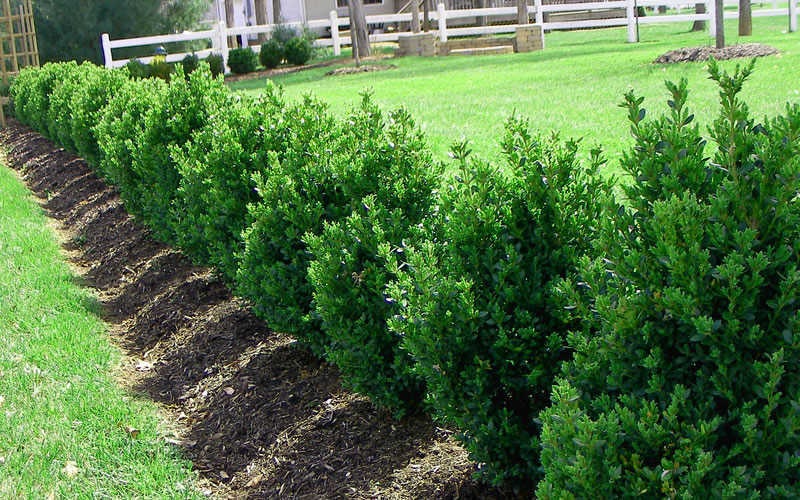
Cultivating a Thriving Green Mountain Boxwood
Maintaining a healthy and thriving Green Mountain Boxwood is a straightforward process. Here are a few key considerations:
-
Watering: While Mountain Boxwood prefers moist soil, excessive wetness can prove detrimental. Water deeply and infrequently, particularly during dry periods.
-
Pruning: To maintain its desired shape and control its size, prune your Green Mountain Boxwood during the spring or early summer.
-
Fertilization: Provide your Mountain Boxwood with a balanced fertilizer in the spring to enhance its growth and vitality.
-
Pest and Disease Management: While Mountain Boxwood exhibits resistance to most pests and diseases, it’s crucial to monitor for Boxwood blight, a fungal disease that can pose a threat.
Additional Insights into the Green Mountain Boxwood
-
Hybrid Origins: Mountain Boxwood traces its lineage to two other boxwood species: Buxus sempervirens and Buxus sinica var. insularis. The hybridization process resulted in a shrub that combines the desirable traits of its parent plants.
-
Etymology: The name “Green Mountain” reflects the shrub’s origins in the Green Mountains of Vermont, where it was initially cultivated.
-
Family Ties: Mountain Boxwood belongs to the Buxaceae family, which also encompasses other popular boxwood varieties, including the Japanese boxwood (Buxus microphylla) and the Korean boxwood (Buxus koreana).
A Landscape Enhancement for Years to Come
With its versatility, ease of care, and enduring beauty, the Boxwood emerges as a valuable asset to any landscape. Its dense, pyramidal form, glossy green foliage, and cold-hardiness ensure years of aesthetic enjoyment.
Whether you seek a hedge to define your property lines, a topiary to add whimsy to your garden, or a foundation planting to enhance your home’s curb appeal, the Green Mountain Boxwood is poised to exceed expectations. Embrace its adaptability, embrace its low-maintenance nature, and embrace the timeless elegance it brings to your outdoor space.
Additional benefits of Green Mountain Boxwood:
- It provides year-round interest. The Green Mountain Boxwood’s evergreen leaves provide color and texture to your landscape even in the winter.
- It is a good choice for privacy screening. The Mountain Boxwood can be planted as a hedge to provide privacy for your home or property.
- It is a good choice for wildlife. The Mountain Boxwood provides food and shelter for birds and other small animals.
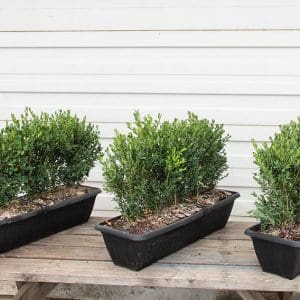
Overall, Mountain Boxwood is a versatile, low-maintenance, and attractive shrub that is a great choice for a variety of landscaping applications.
Here are some additional tips for using Mountain Boxwood in your landscape:
- Plant your Green Mountain Boxwood in a location that receives full sun or partial shade.
- Amend your soil with compost or other organic matter before planting your Green Mountain Boxwood. This will help to improve drainage and provide your shrub with nutrients.
- Mulch around your Green Mountain Boxwood to help retain moisture and suppress weeds.
- Protect your Green Mountain Boxwood from winter damage by wrapping it in burlap or another protective covering.
With proper care, your Green Mountain Boxwood will provide you with years of beauty and enjoyment.

